FORT LEWIS, Wash. - It may seem odd for a battalion to head to the Golden State while the rest of its brigade's battalions remain in Washington with a brigade FTX on the horizon.
But 1st Battalion, 23rd Infantry Regiment's trip to Southern California was anything but a trip of leisure; there would be no surfboards on Strykers during this voyage.
From March 8-10, the Tomahawks of 1-23 Inf. participated in 3rd Infantry Brigade's FTX electronically from various Marine Corps training areas while other battalions were spread out between Fort Lewis and the Yakima Training Center.
Beginning March 11, 1-23 Inf. broke down and focused on squad-, platoon- and company-level training at the Southern California Logistics Airport, Marine Corps Air Ground Combat Center Twentynine Palms and Marine Corps Base Camp Pendleton.
The Tomahawks set up the battalion TOC at Twentynine Palms and used the area as a home base for all operations.
It was at Range 210 that the culminating event of the three weeks of training occurred - a joint training exercise in which a platoon from the Marines 1st Tank Battalion attached to a Stryker company attacked a mock village overran with insurgents. The exercise was the first ever of its kind between Strykers and Marine tanks, according to 1-23 Inf. commander Lt. Col. Chuck Hodges.
SCLA was once known as George Air Force Base, but closed in 1992 and left behind large, abandoned neighborhoods. These housing developments are now used for urban war-fighting exercises by various military units.
While at Camp Pendleton, Soldiers utilized the Marine Corps Infantry Immersion Trainer for squad training and also focused on platoon exercises with the VBS2 system.
During all of this training, Hodges was able to help stretch the distances of Stryker communication with the brigade commander by getting his hands on an extra command post node.
"I wanted to be able to demonstrate that I can take that TAC anywhere," Hodges said. "When I'm doing my (battlefield update brief) with (3rd Brigade commander) Col. (David) Funk in the middle of the desert, I can look at him over a videophone and chat with him."
Hodges said previous direct communication to Funk via the CPN was much more limited than the nearly 2,000 miles that he communicated with the brigade commander during the events.
"It hasn't been done before," said Hodges of communicating from such distances. "The other battalions, their stuff isn't configured for this, but we're trying to push that forward. We should all have that. I should be able to dial up this thing and look (the colonel) in the eye and tell (him) what's going on from 1,700 miles away. And we're doing that now."
Hodges said each one of the training exercises "scratches the itch" of what he wanted each of his Soldiers to experience and learn.
He described the IIT as being "the best squad, fire team training you're going to get a hold of," the VBS2 training as "fantastic" and raved about having the opportunity to train with the Marine tanks.
"How often do you get to do a combined arms live fire in an urban environment with Marine tanks supporting you'" he said. "Nobody does that."
But it was the ability to work at the squad, platoon and company level, combined with the realism provided by role players that SCLA provided that earned Hodges' biggest praise.
"I would say SCLA (was my favorite) just because it was a broad maneuver," he said. "What we were able to replicate at SCLA, I've never been able to do before. You've got first sergeants telling me that it brings them back to Iraq and are having to take a knee (after seeing how real some of the wounded role players looked), that's saying something."
Aside from preparing his battalion for its rotation to the National Training Center next month, Hodges also said the joint training with the Marines Corps could have positive results in the long term down range.
"It's unique and special that we get a chance to (train with the Marines)," he said. "There are stereotypes about each one of the services and now you're breaking away those stereotypes and you realize that they wear a different uniform, but they are clean cut, hard-working Americans like everyone else. And so now, from my perspective, (if we go) over there to Iraq and we're attached to a Marine unit or (one of their) units are attached to us, the transition would be much easier, especially for the Soldiers, because they've already worked with them."
On the whole, C Co. commander Capt. Klint Kuhlman said his first time commanding his entire company was an eye-opening experience.
"For me ... this whole training event in California has given me some great lessons learned for myself and for the company on a whole, how we can operate when we start doing actual operations," he said. "And this is the first time since I've been in command that we've been able to do this so hopefully we (have a list) of things that we've done well at and things we can improve on before we go through our NTC rotation. So really it's been an excellent exercise."
Hodges concurred.
"It's probably been the best 21 days of battalion-level training that I've ever been able to participate in because of the resources," he said.
Matt Smith is a reporter with Fort Lewis' Northwest Guardian
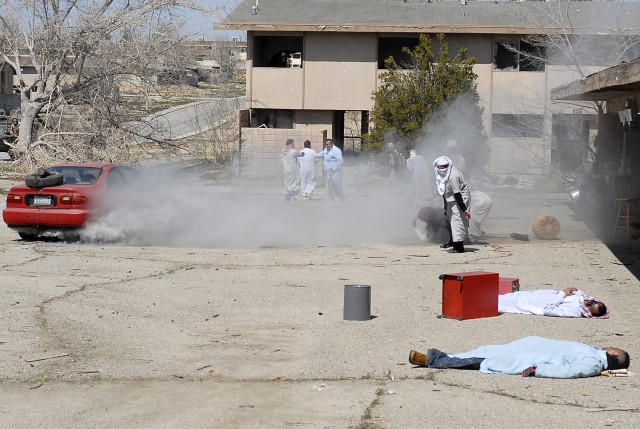
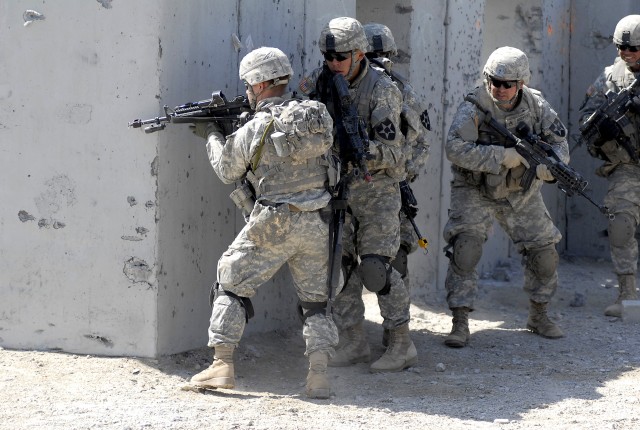
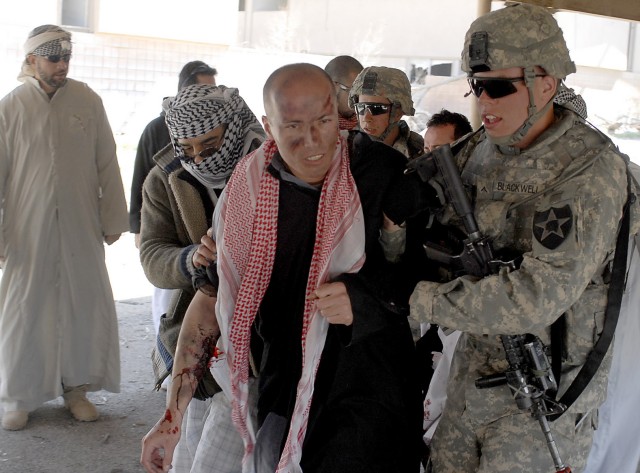
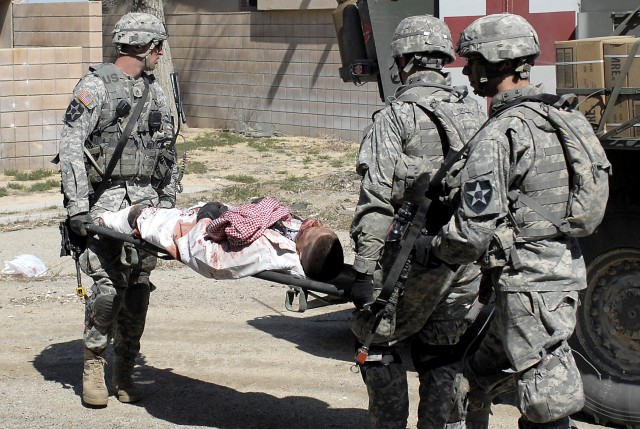
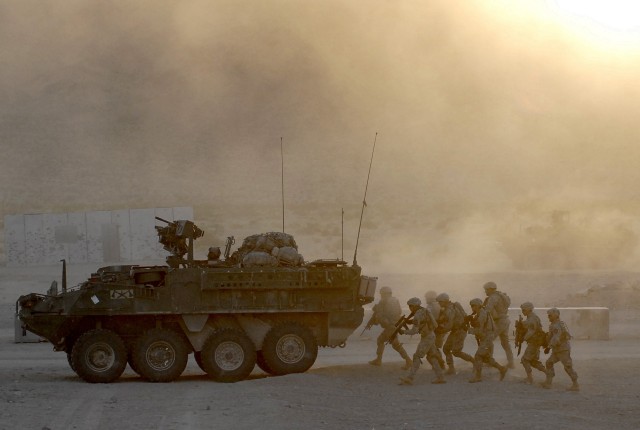
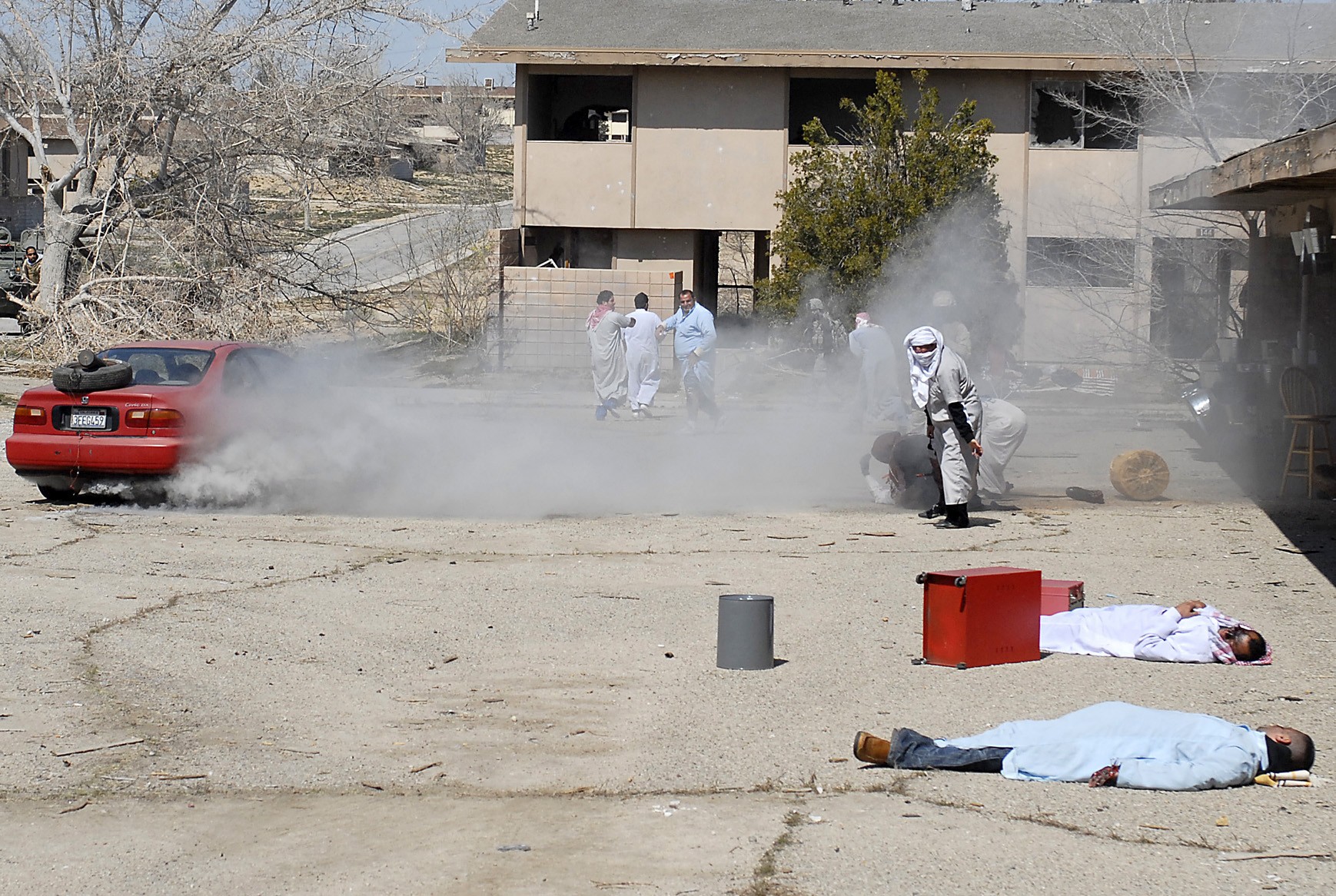
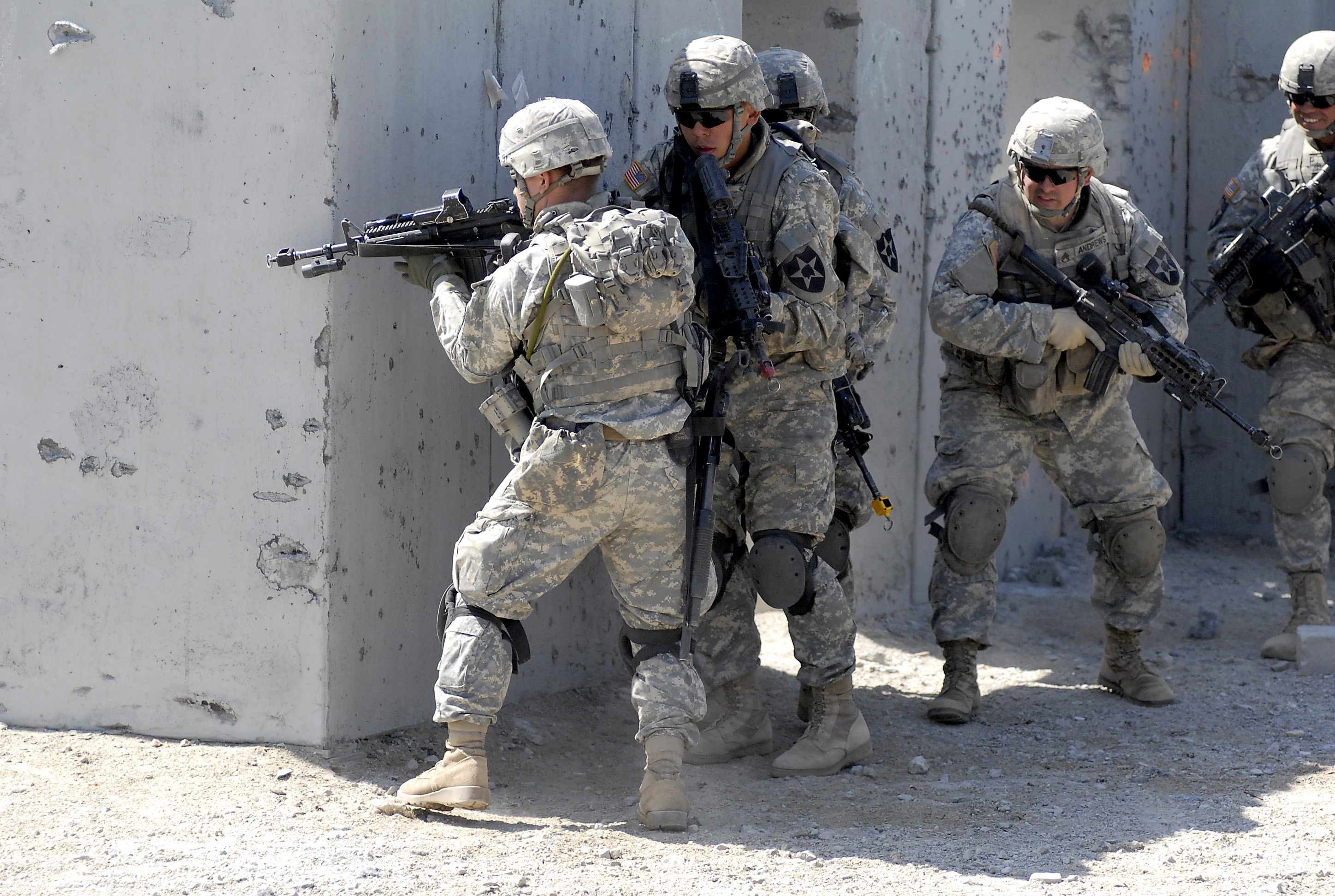
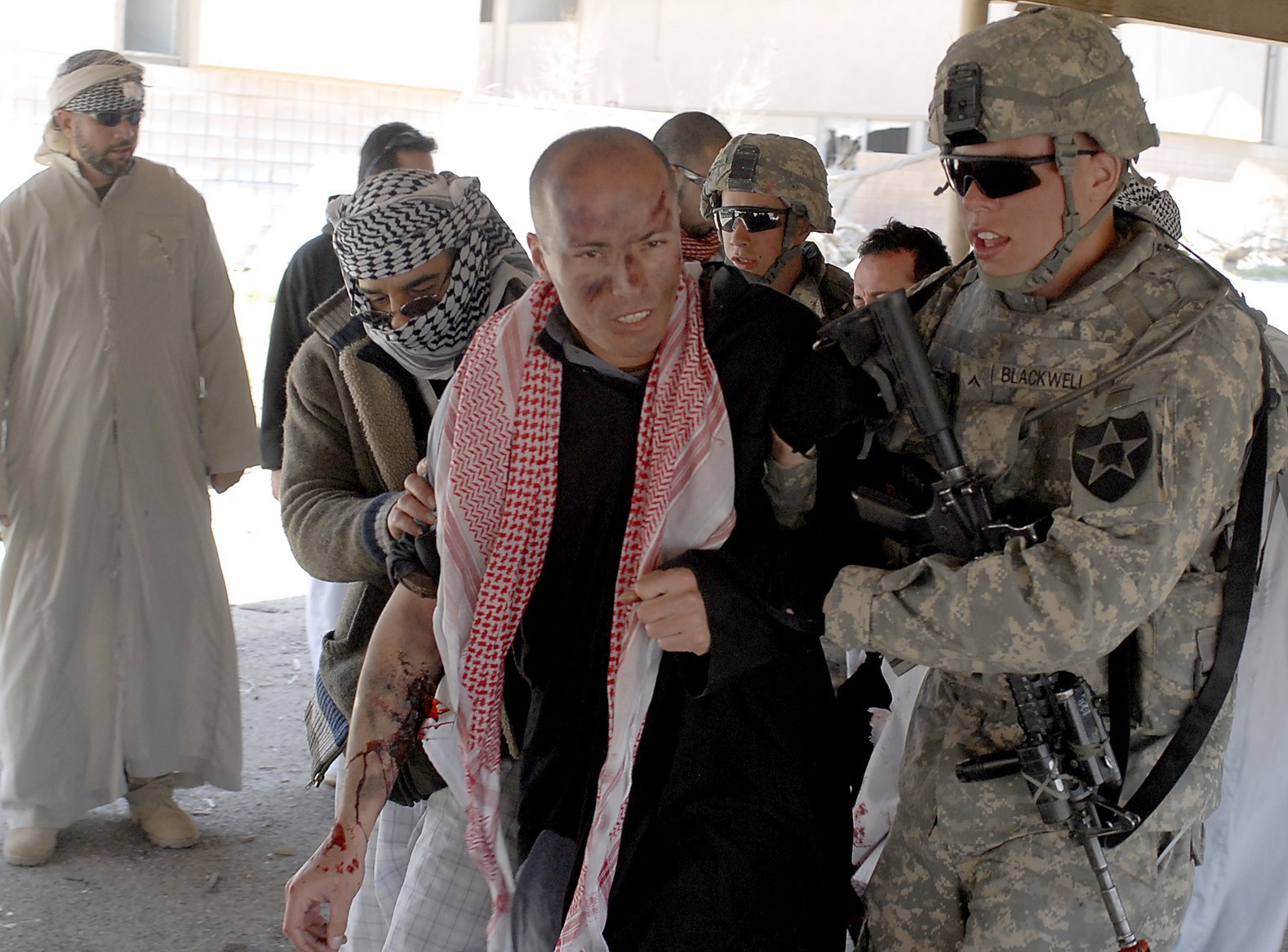
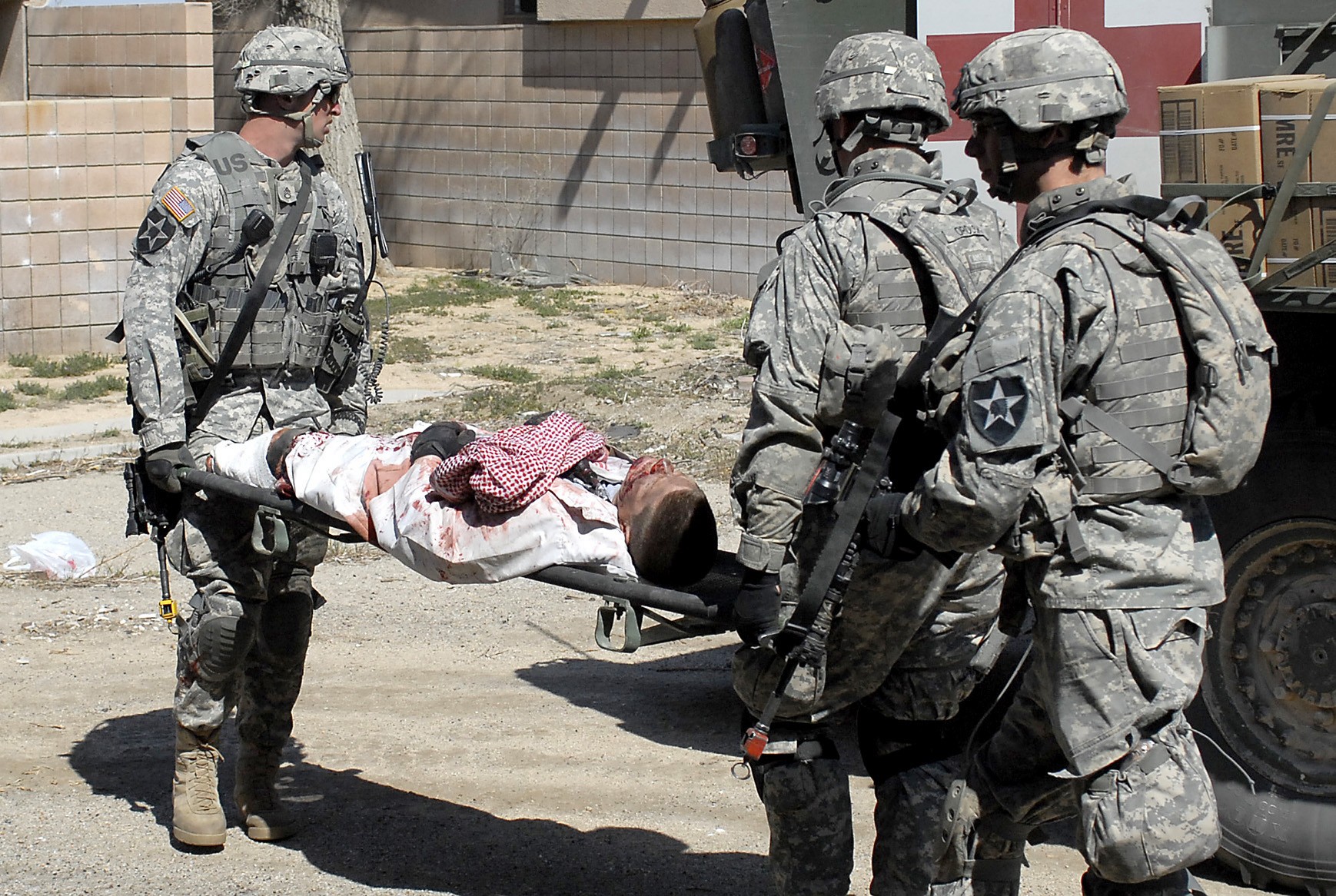
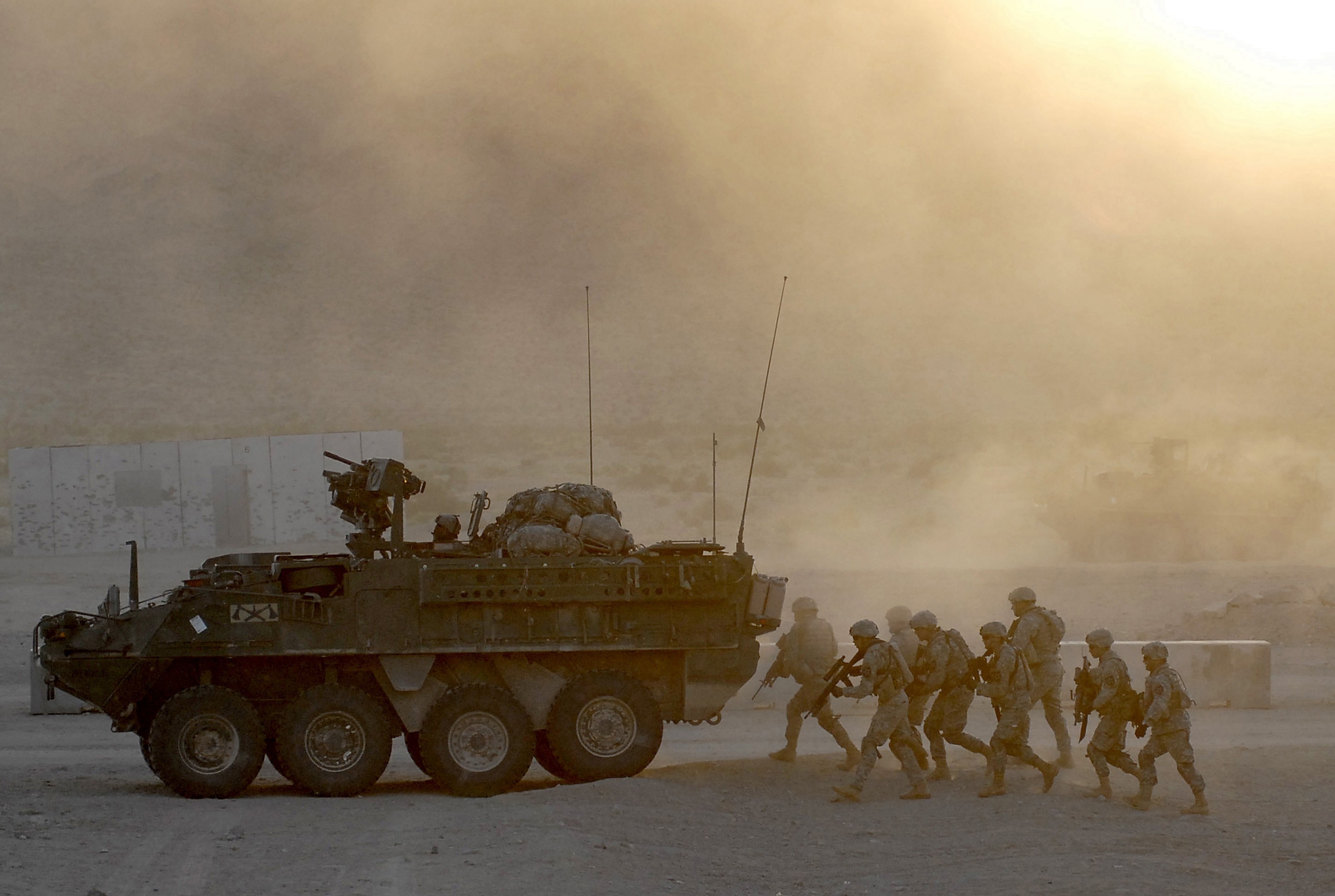
Social Sharing